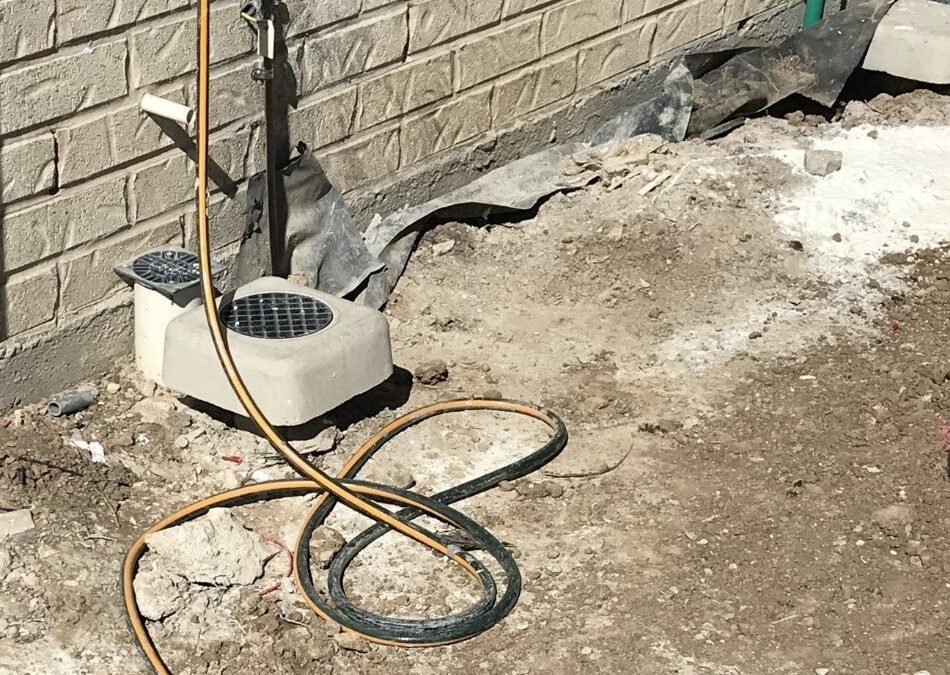Every homeowner should be familiar with the various elements that keep their home running smoothly. One such integral feature is the overflow relief gully (ORG).
This seemingly simple component plays a crucial role in maintaining the hygiene and safety of your home, especially in the event of a sewer blockage or sewage overflow. This comprehensive guide delves into the details of overflow relief gullies, their importance, and how to ensure their proper functioning.
What is an Overflow Relief Gully?
An overflow relief gully is a grated outlet located outside your property. It is critical in your home’s sewer system as a waste outlet and the first line of defence against unwanted sewer overflow within your residence. Its strategic location and design allow it to release excess water from the sewer network, thereby averting potential disasters.
The Role of an Overflow Relief Gully in Your Home
The primary function of an ORG grate is to safeguard your home against a sewer spill. When a sewer line becomes overwhelmed due to excessive water or a blockage in the sewerage network, the ORG is designed to prevent dirty water from backing up inside your home. It essentially acts as a pressure relief valve, allowing water to escape outside rather than flooding your property.
Where Can You Locate Your ORG?
Typically, overflow relief gullies are found in the ground outside your home. They could be located in your garden beds or close to your laundry area. The exact size and shape of an ORG can vary, but all must adhere to specific plumbing regulations. In compliance with the AS3500 Plumbing Regulation, an ORG must be positioned at least 150mm lower than the lowest fitting/drain and at least 75mm above the ground level.
The Importance of Maintaining Your Overflow Relief Gully
Proper maintenance of your ORG is essential to ensure its optimal functioning. This includes:
- Avoiding Obstructions: Ensure your ORG and the surrounding ground are free from obstacles at all times. Don’t place pot plants, laundry items, or garden paraphernalia on top of the grated outlet. Grass and shrubs can also impede the line and cause a sewer blockage.
- Ensuring Loose Fitting of the Top Grate: The top grate of the ORG must be loosely fitted to allow water to overflow if a sewer blockage occurs.
- Keeping the Area Around the ORG Clear: The water that overflows from your sewer system must be free to flow away. Ensure there’s no excess soil, garden or laundry equipment near the ORG that could hinder the free flow of sewer water and cause an emergency plumbing situation.
- Preventing Damage: Don’t pour grease, food scraps, hot water, or drain acids into your ORG, as this could damage the down pipes and main sewer line.
- Peace of Mind: Knowing that your home is equipped with a properly functioning ORG provides peace of mind, especially during periods of heavy rain or potential issues with your sewerage network.
Key Tips for Your ORG’s Care
Maintaining your ORG is a part of essential home maintenance. Here are some key tips to keep in mind:
- Ensure other pipes, such as gutter/tank downpipe, stormwater pipes or pool backwash, are not draining into the ORG. This can cause the sewer line to overload, leading to wastewater overflow.
- If you’re planning a renovation that involves plumbing work, discuss the plans with a licensed plumber first to ensure the proposed works comply with Australian plumbing standards. Failure to do so can result in penalties or home insurance being denied.
- Regularly get your gullies, sewer lines, and other pipeline drains cleaned once a year to maintain proper drain flow and ensure they’re installed correctly.
What if You Can’t Find an ORG?
Some properties, especially those constructed before 1976, may only have an ORG if recent renovations have been done. In such cases, it’s advisable to contact a licensed plumber to discuss the installation of an ORG. You should also seek professional help if you suspect incorrect installation of the ORG, or if the grate is permanently stuck or can’t be manually removed.
When to Seek Professional Help
Certain situations warrant immediate attention from a professional licensed plumber to ensure you don’t experience plumbing issues. Don’t hesitate to call in experts if you notice the following:
- Foreign objects on the ORG drain.
- Sewage overflowing from the ORG.
- The sewerage network in your home is not functioning properly.
- Regular overflowing of your ORG or other waste outlet.
Remember, it’s always best to address sewer-related issues promptly before they escalate.
How Can Canberra Plumbers & Drains Help?
At Canberra Plumbers & Drains, we specialise in handling all kinds of drain blockages. Our team comprises experienced plumbers equipped with advanced tools to clear overflow relief gullies and prevent stormwater and other drainage systems from causing flooding or overflow.
We also carry out drain and sewer line repairs for severe cases where the drains must be replaced. Our services are available across Canberra, ensuring timely assistance whenever needed.
Overflow Relief Gully: A Small Component with a Big Impact
The overflow relief gully is a small but crucial component of your property. Ensuring its proper functioning can save you from potential health hazards and costly damage repairs.
So, take the time to locate your home’s ORG and check that it’s in good condition and that no pot plant or other items are covering the drain like fitting. If you need more clarification or need professional assistance, feel free to reach out to experts like Canberra Plumbers & Drains.
Remember, as the property owner, a well-maintained ORG is an investment in the safety and hygiene of your home.


Recent Comments